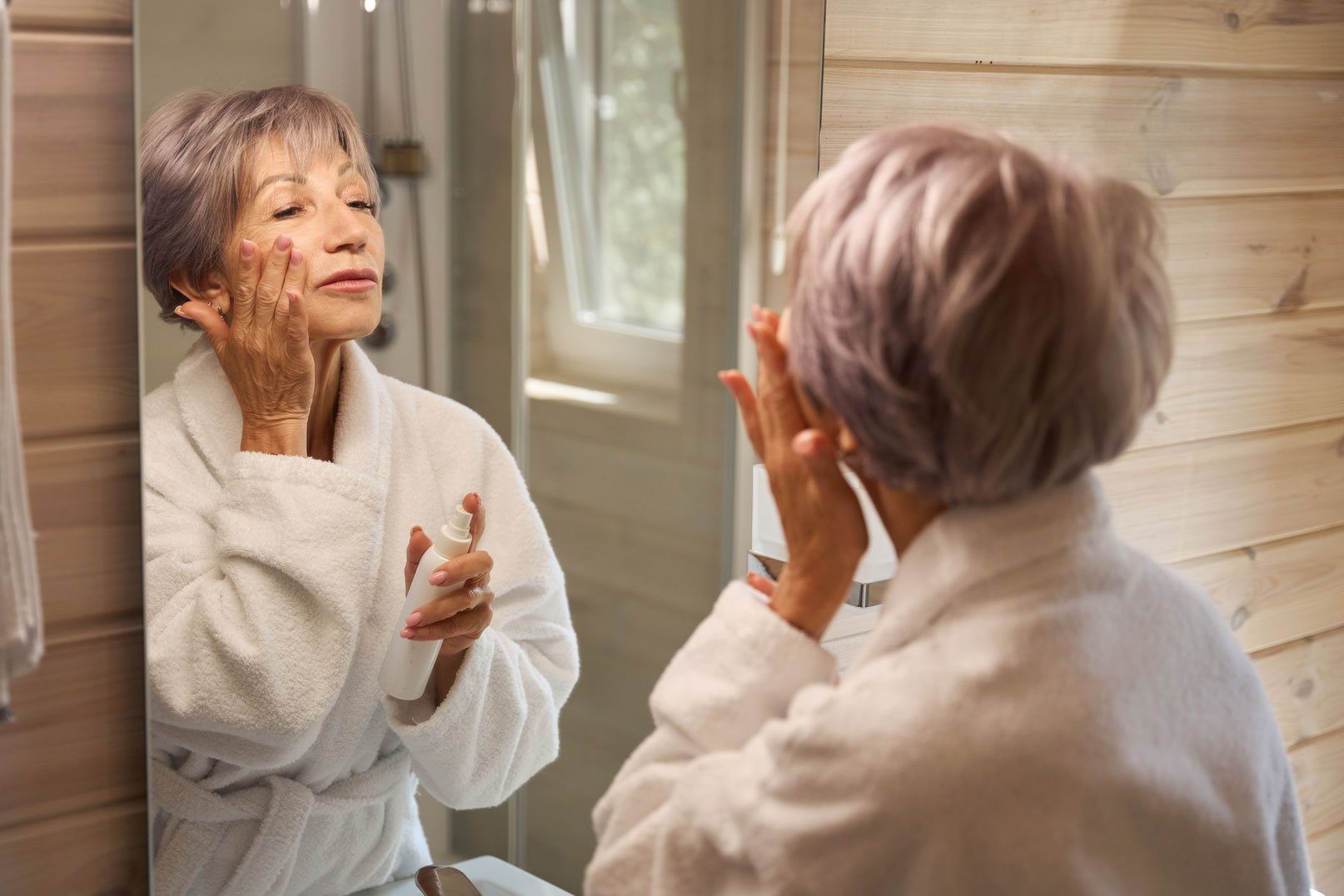Losing a parent is never easy; it’s often accompanied by complex emotions and major life changes. In addition to your own grieving, you may start to feel concerned about your newly widowed mother or father. Here are some helpful do’s and don’ts on how to care for a parent who has lost a spouse and might need to move to an independent living community or assisted living options.
Do’s:
Allow Time for Grief
- Allow your parent plenty of time to grieve. Encourage them to talk about their loss with friends, family, or a counselor. Grief is a process, not an event.
Plan Engaging Activities
- Plan events and activities that you and your parent can look forward to. This can help combat feelings of loneliness, boredom, and helplessness. Suggest social activities, volunteer opportunities, or classes that may interest them.
Offer Practical Assistance
- Offer tangible assistance with daily tasks like cooking, cleaning, yard work, or running errands. These small gestures can make a big difference when your parent is overwhelmed with grief.
Share Your Grief
- Talk about your own feelings of grief and share memories of the deceased. This can help your parent feel less alone in their grief.
Ask Thoughtful Questions
- Ask specific questions about how your parent is coping with the loss, rather than just asking “How are you?” This shows you genuinely care about their wellbeing.
Honor Meaningful Occasions
- Plan ahead for holidays and anniversaries, and suggest ways to honor the deceased. This can provide comfort and a sense of meaning.
Explore Independent Living
- Look into independent living options that provide a smaller, more manageable living space, affordable costs, community resources, and opportunities for social interaction. This can help ease the transition after the loss of a spouse.
Don’ts:
Don’t Rush the Grieving Process
- Don’t try to “fix” your parent’s grief or rush them through the grieving process. Grief takes time and each person’s journey is unique.
Don’t Take Over Responsibilities
- Avoid taking over all tasks and responsibilities. Encourage your parent to maintain a sense of independence and control where possible.
Don’t Avoid Mentioning the Deceased
- Don’t avoid mentioning the deceased or using their name. This can make your parent feel like their loved one is being forgotten.
Don’t Neglect Your Own Needs
- Don’t neglect your own self-care and support needs. Caring for a grieving parent can be emotionally draining, so make sure to seek help when needed.
The most important things are to be patient, listen without judgment, and find ways to support your parent through this difficult transition. With time and compassion, you can help them through the grieving process.



